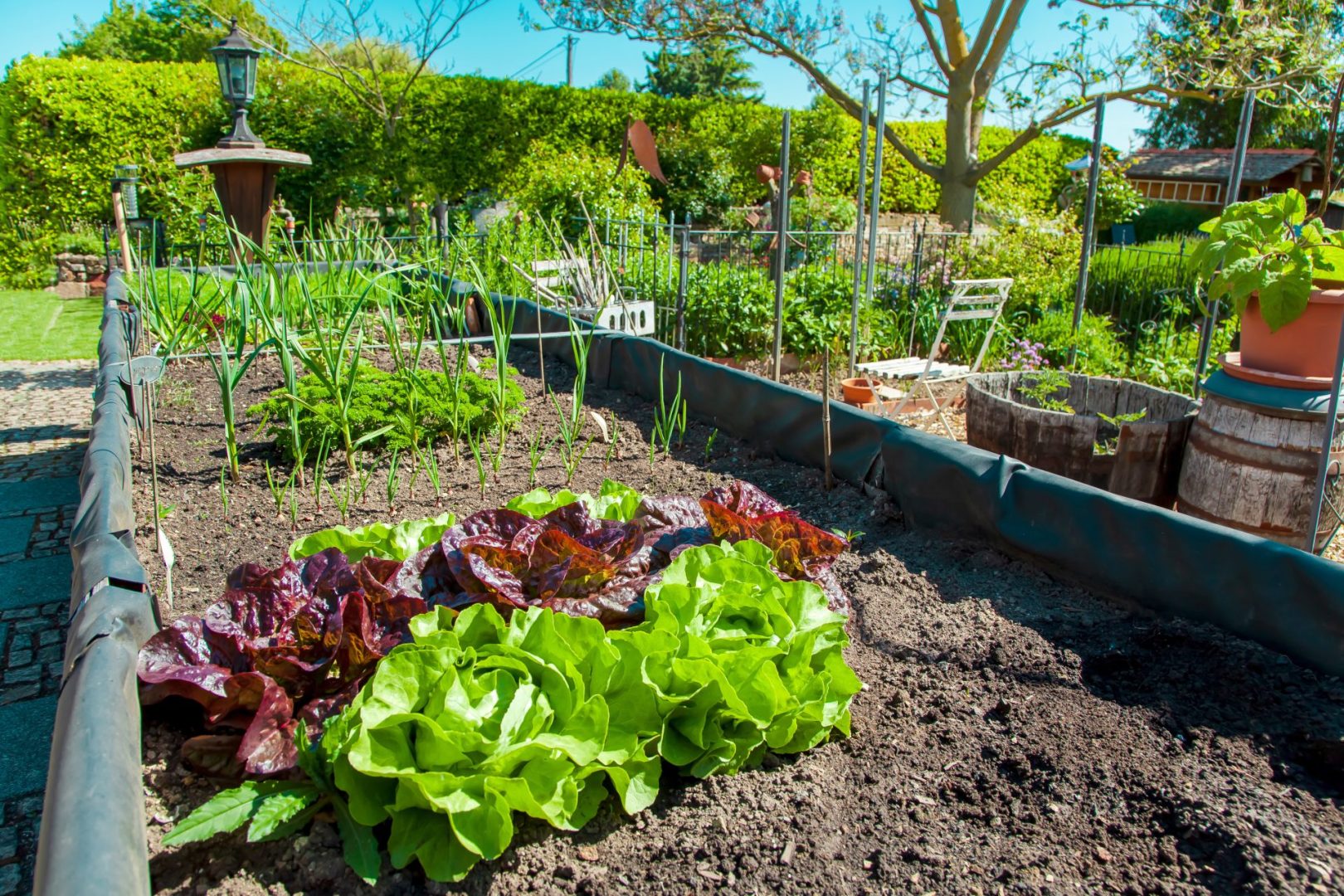
Maybe three or four years ago, we planted some blueberry bushes inside our fenced garden plot. Birds and bears love blueberries and so do we, so fencing them was our solution. Though we do have a fantastic blueberry farm nearby here, we wanted to be able to step outside early mornings to nab a few blue fatties to add to our granola breakfast. Convenience is often the reason we eat certain things, isn’t it?
Blueberries are packed with fiber, vitamin c, manganese and potassium AND low in calories. Seems like the ideal snack food, too, rather than candy or some other man made junk. Candy can spike blood sugar while blueberries can help regulate it according to scientific research. You might call blueberries a superfood. Just about ½ cup per day can help fight cardiovascular disease, too. So, yeah, we wanted to keep the flow of blueberries into our bodies a daily thing while they were “in season”.
For years, our blueberry plants did absolutely nothing. They remained naked twigs. Two died completely. We scratched our heads and figured that bad stock plants were our problem. I finally had time last fall to really investigate why the heck these plants would not grow well in our garden. You know how Oprah talks about Ah-ha moments? I had one. It turns out that my garden soil was not very acidic and blueberries require acidic soil to grow well. Well, better late than never, I figured, so now I had to acidify my blueberry patch’s soil.
Research led me to use what I had readily available; I did not have to spend a dime. Coffee grounds! We had one cup each morning of those left over from our pressed coffee. Blood meal or fish meal is excellent, too, but I didn’t have that at hand. Hauling buckets out to our pine forest was my next chore. I raked up the fallen pine needles into my pails with gloved hands and walked back to my garden plot happy to have a great source of nutrients for my blueberry plants. I surrounded the blueberry plants with a thick layer of pine needles and even dug some into the dirt around the plants, careful not to slice through any roots underground.
This spring, low and behold, our plants burst into life, sending out new branches covered in leaves and then came the tiny flowers. Wow. It feels good when experimenting is successful, doesn’t it! We have lots of solitary bees when the weather gets warm and they visited the blueberry flowers along with the apple tree and redbud trees, all of which were blooming around the same time in early spring. I now see little green berries dangling from each blueberry branch and that assures me that we will have blueberries of our own this year. Yay!
So that leads me to wonder. What else can benefit from changing the PH acidity level of garden soil, if need be? To find out the PH of your soil is pretty easy. You can buy the PH monitor test kits from the store or try this DIY method. I did this last fall which gave me plenty of time to make adjustments and ready my garden soil for the coming spring. Dig down about 6 inches in various spots of your garden and remove a lump of soil from each. Take out the stones, sticks, and dead leaves and break up the clumps with your hands. Place the dirt into a clean glass jar, add distilled water, and mix it up until you get a muddy consistency. Distilled water can be bought in the store and is free of any impurities. Next add ½ cup of vinegar and stir it around with a spoon. If the mixture starts to fizz and bubble, then you have alkaline soil. Next test if there are no bubbles. Take a clean batch of soil and repeat the process of adding distilled water, mixing, and then add and stir in ½ cup of baking soda. If this results in fizzing and foaming, then your soil is acidic.
Most plants and veggies grow well in normal PH conditions but some do have certain requirements, as I found out from my blueberry experiment. Many factors go into creating a soil’s acid or alkaline rating and this can change from year to year. Testing every fall is a good idea. Heavy rainfall, for example, which we have had tons of this spring in our area, can wash away beneficial nutrients that perhaps you added with compost. It’s a good idea to cover your compost piles with a cloth or tarp to keep excessive rain out. While moisture is required for worms and beneficial insects to live in compost to help it break down, too much water can leach out the good stuff. When adding compost around your plants, you can cover it with straw or hay to help absorb excess water/rain.
Here’s a short list of acid loving plants: nasturtiums, daffodils, tomatoes, azaleas, cukes, and squash. Watering with coffee water helps to acidify the soil.
Alkaline loving plants: asparagus, beans, beets, cabbages, and peas. Adding a bit of wood ash every now and then to aid these veggies is a great way to “sweeten” the soil.
Try testing and amending your soil if you are having some problems growing certain plants and it may be just the solution to keep things growing!
(Karen Cohen is an organic home gardener, forest dweller and nature explorer. Email tips, comments, and seed swap ideas to natureswaykaren@gmail.com, and happy growing!)


